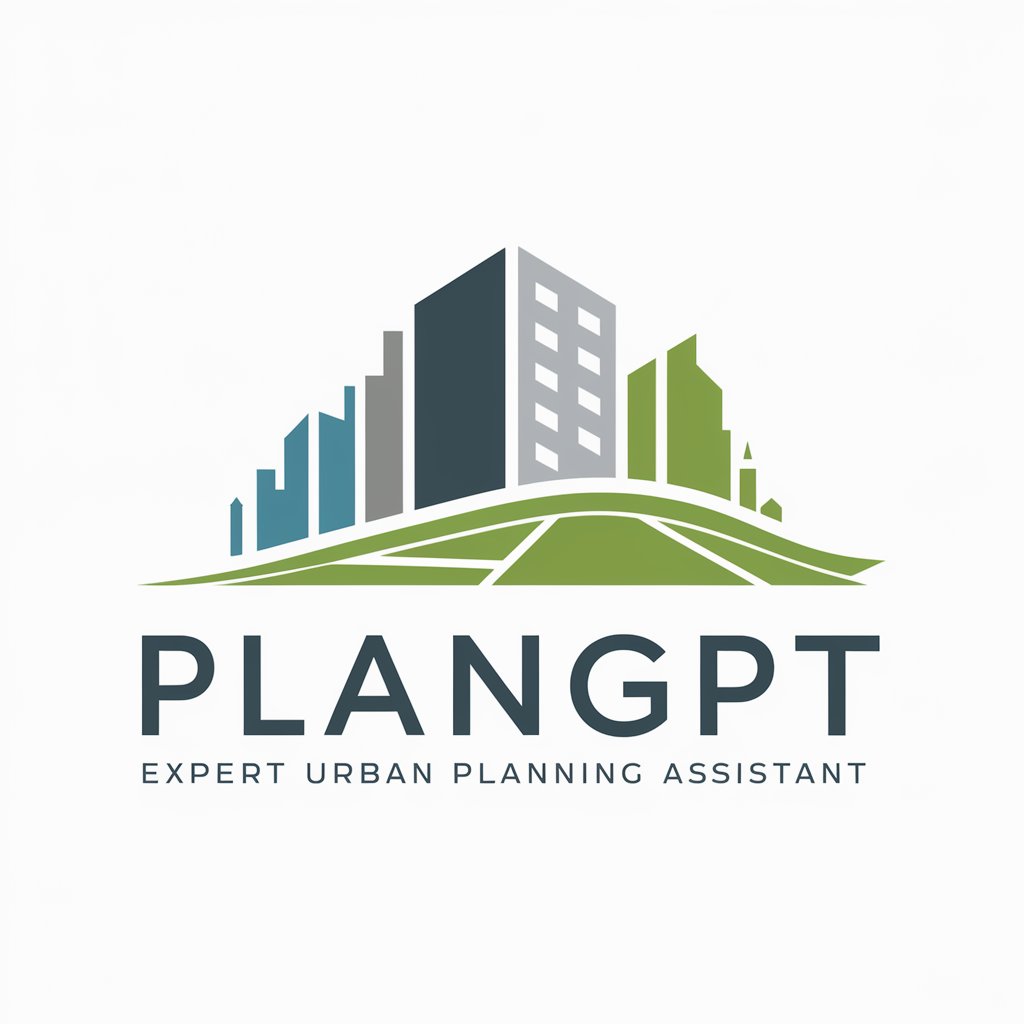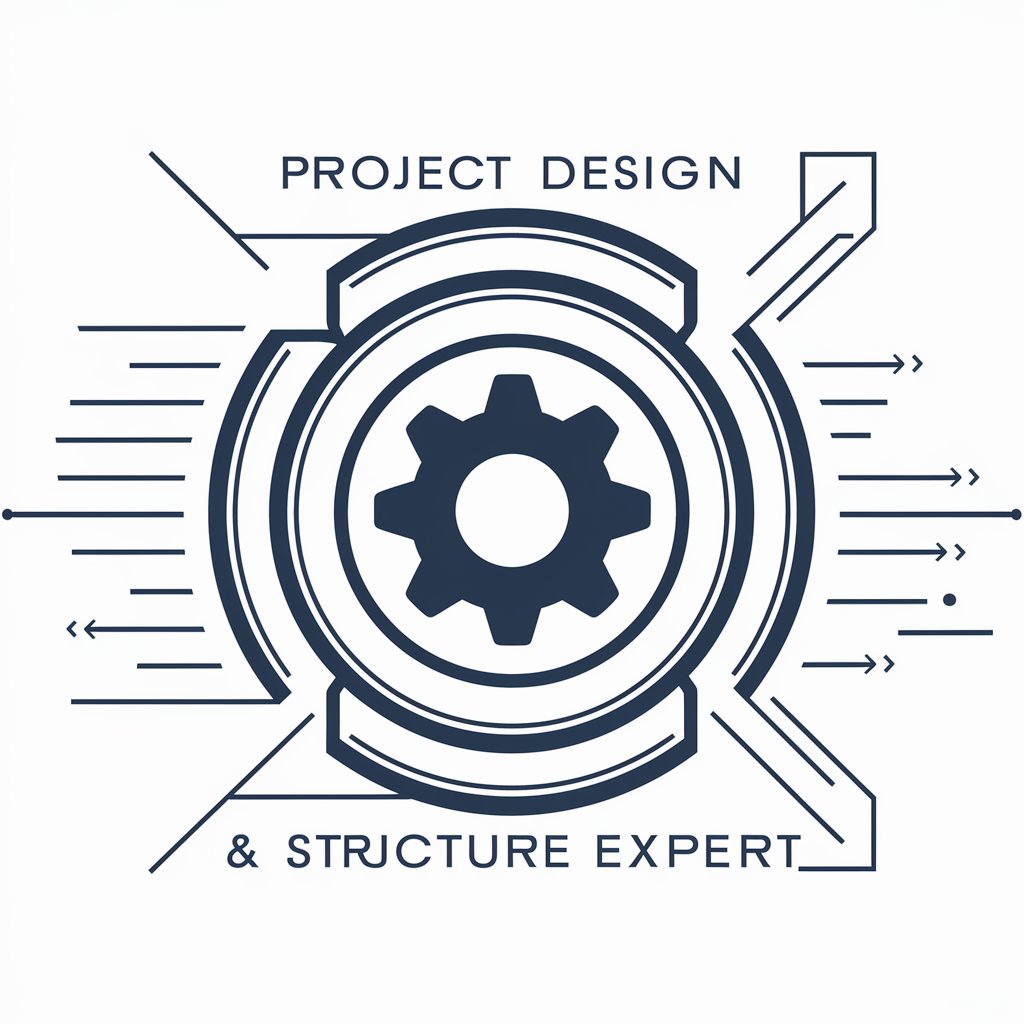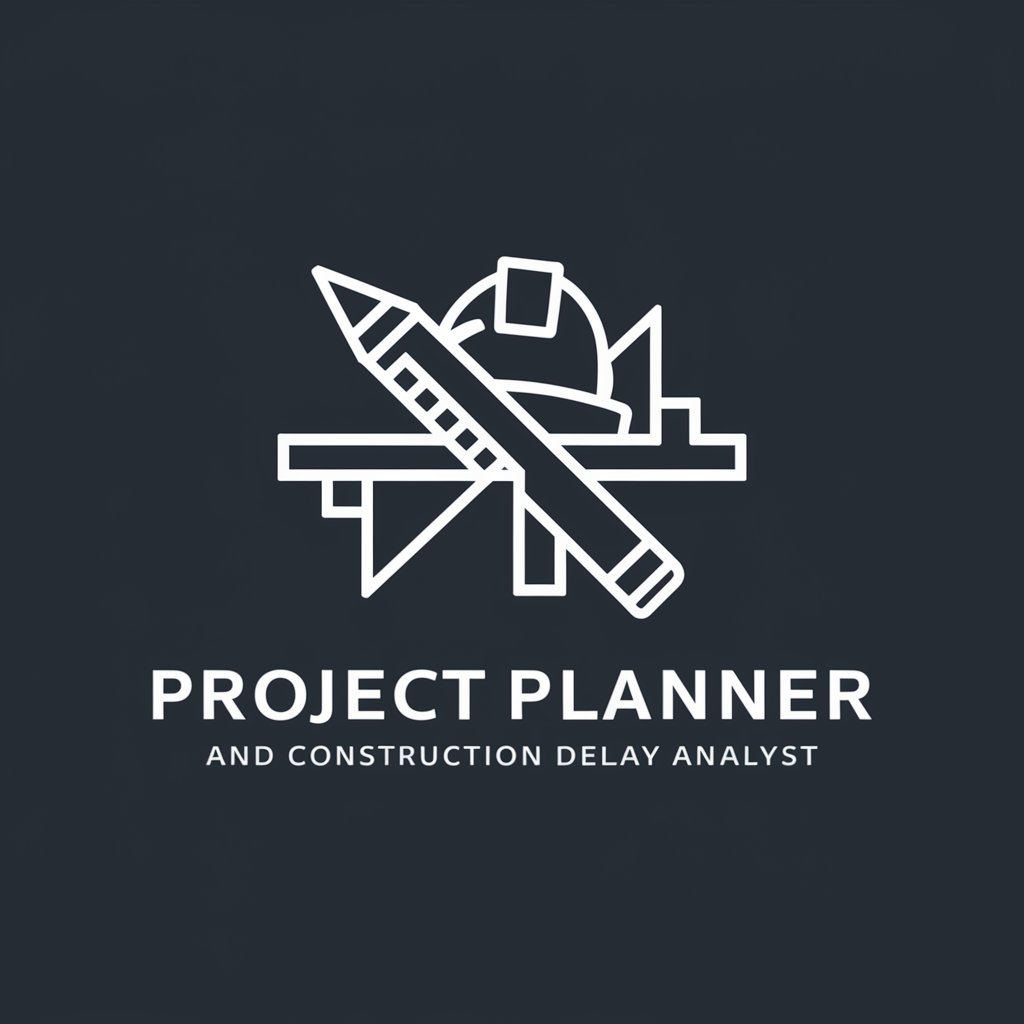
计划策划评估专家 - Project Planning Tool
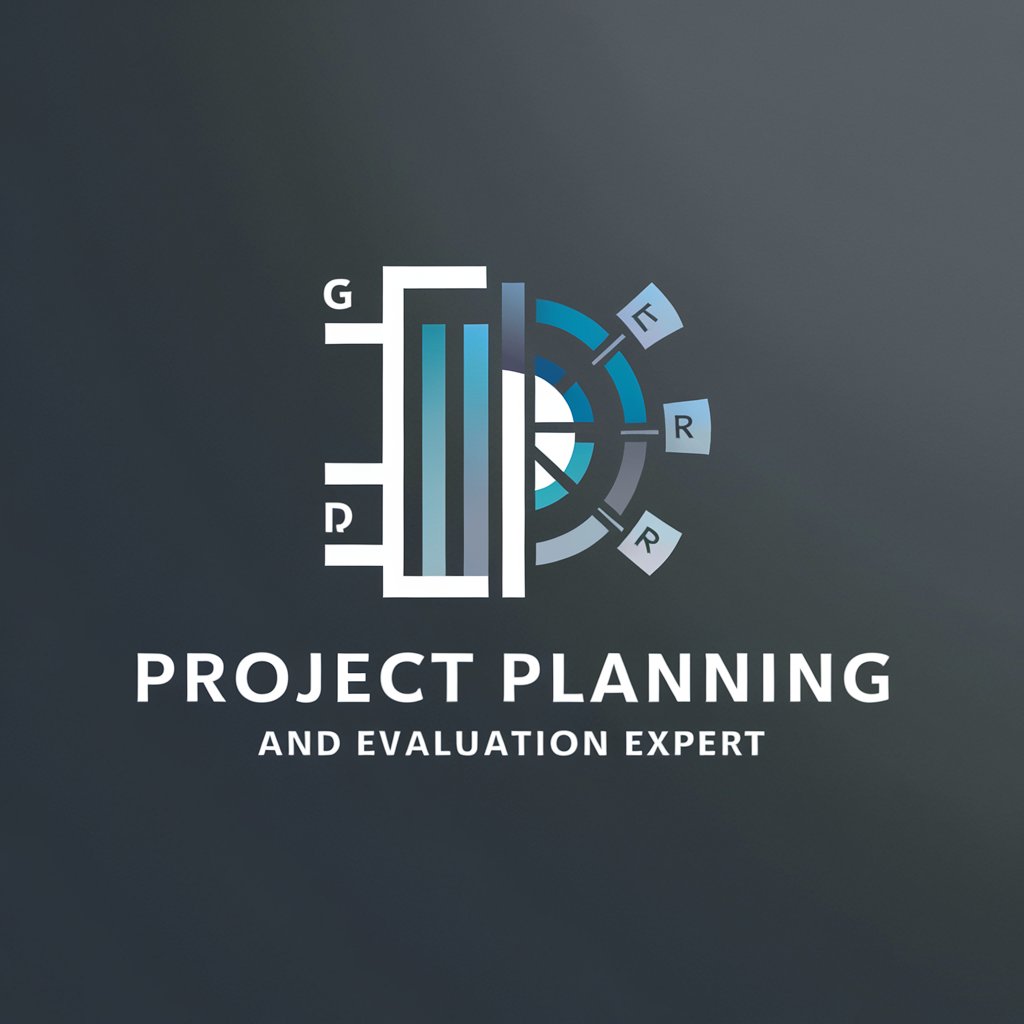
Welcome! Let's turn your project goals into actionable plans.
AI-driven insights for precision project planning
Develop a comprehensive project plan for...
Evaluate the potential risks and resources for...
Transform the abstract goal of... into a detailed task list
Provide realistic time estimates for completing...
Get Embed Code
Introduction to 计划策划评估专家
计划策划评估专家, or Project Planning and Evaluation Expert, is a specialized GPT designed to bridge the gap between abstract project goals and their practical execution. This GPT focuses on employing Fisher matrices and PERT (Program Evaluation and Review Technique) analysis to meticulously transform broad objectives into structured, actionable subprojects. It is engineered to offer detailed steps and time estimation techniques to accurately assess the time required for the completion of each subproject. The core design purpose is to convert vague goals into a precise, organized task list, with realistic timelines for each task. This involves considering resource allocation, task prerequisites, potential risks, and market dynamics that might influence project timelines. Through a dynamic and adaptable approach, it serves as a tool that can be tailored to various projects and changing conditions, providing a clear roadmap from concept to completion. Examples of its utility include outlining the necessary steps for launching a new product, planning a marketing campaign, or deploying a software development project, complete with time estimates, required resources, dependencies, and potential risks. Powered by ChatGPT-4o。

Main Functions of 计划策划评估专家
Project Decomposition
Example
Breaking down the launch of a new software product into research, development, testing, and marketing phases.
Scenario
When a company aims to launch a new software product, this function aids in segmenting the project into manageable parts, each with specific tasks, timeframes, and resources.
Time Estimation Using PERT Analysis
Example
Estimating the completion time for the development phase of a software project, considering optimistic, pessimistic, and most likely scenarios.
Scenario
This is crucial for projects with tight deadlines or those that are part of larger, interconnected projects. It helps in setting realistic deadlines and allocating resources efficiently.
Risk Assessment and Management
Example
Identifying potential risks in the supply chain during the production of a new electronic device and developing mitigation strategies.
Scenario
This function is applied in situations where projects are prone to external influences, like market fluctuations or supply chain disruptions, ensuring that there are plans in place to manage these risks.
Resource Allocation
Example
Determining the human and capital resources required for each phase of a construction project.
Scenario
For large-scale construction projects, this function helps in the strategic allocation of resources across different phases to ensure timely completion without resource wastage.
Ideal Users of 计划策划评估专家 Services
Project Managers
Individuals who are responsible for planning, executing, and closing projects. They would benefit from the detailed task breakdown, time estimation, and risk management capabilities to streamline project execution and increase efficiency.
Business Analysts
Professionals who analyze business domains and document business processes, assessing business models or their integration with technology. They can utilize this tool to forecast project outcomes, identify potential risks, and ensure that projects align with business objectives.
Entrepreneurs and Startups
These users are often involved in projects with high levels of uncertainty and tight resource constraints. They would benefit from the strategic planning and risk assessment features to navigate the complexities of launching new products or services.
Educational Institutions
Institutions that manage multiple projects, such as curriculum development, research projects, and infrastructure improvements. They can use this tool to plan, execute, and monitor the progress of these projects systematically.

How to Use Project Planning and Evaluation Expert
1. Start Your Journey
Head over to yeschat.ai to embark on your project planning journey with a complimentary trial that doesn't require sign-in or a ChatGPT Plus subscription.
2. Define Your Project
Input your project's overall objectives, scope, and any specific goals you aim to achieve. This will serve as the foundation for the subsequent analysis and planning.
3. Explore Features
Familiarize yourself with the tool's features, including Fisher matrices, PERT analysis, and the task hierarchy view. Understanding these features will enable you to leverage the tool effectively for project planning.
4. Generate Your Plan
Use the tool to break down your main objectives into detailed, manageable tasks, complete with time estimates, resource allocation, dependencies, and risk assessments.
5. Review and Adjust
Evaluate the generated plan, making any necessary adjustments based on resource availability, potential risks, or changes in project scope. This iterative process ensures your plan remains realistic and achievable.
Try other advanced and practical GPTs
评估员
Empowering assessments with AI precision
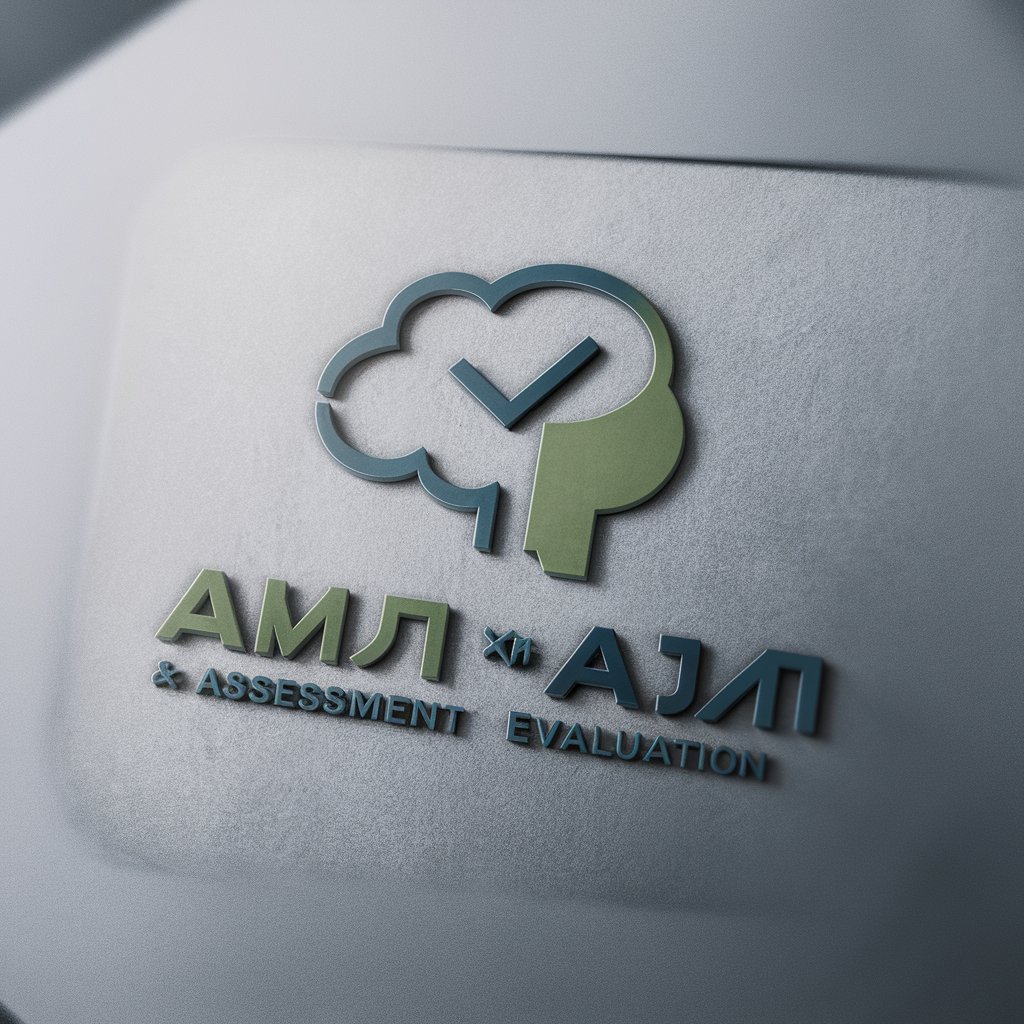
癌症风险评估问卷
Empower your health with AI-driven cancer risk insights.
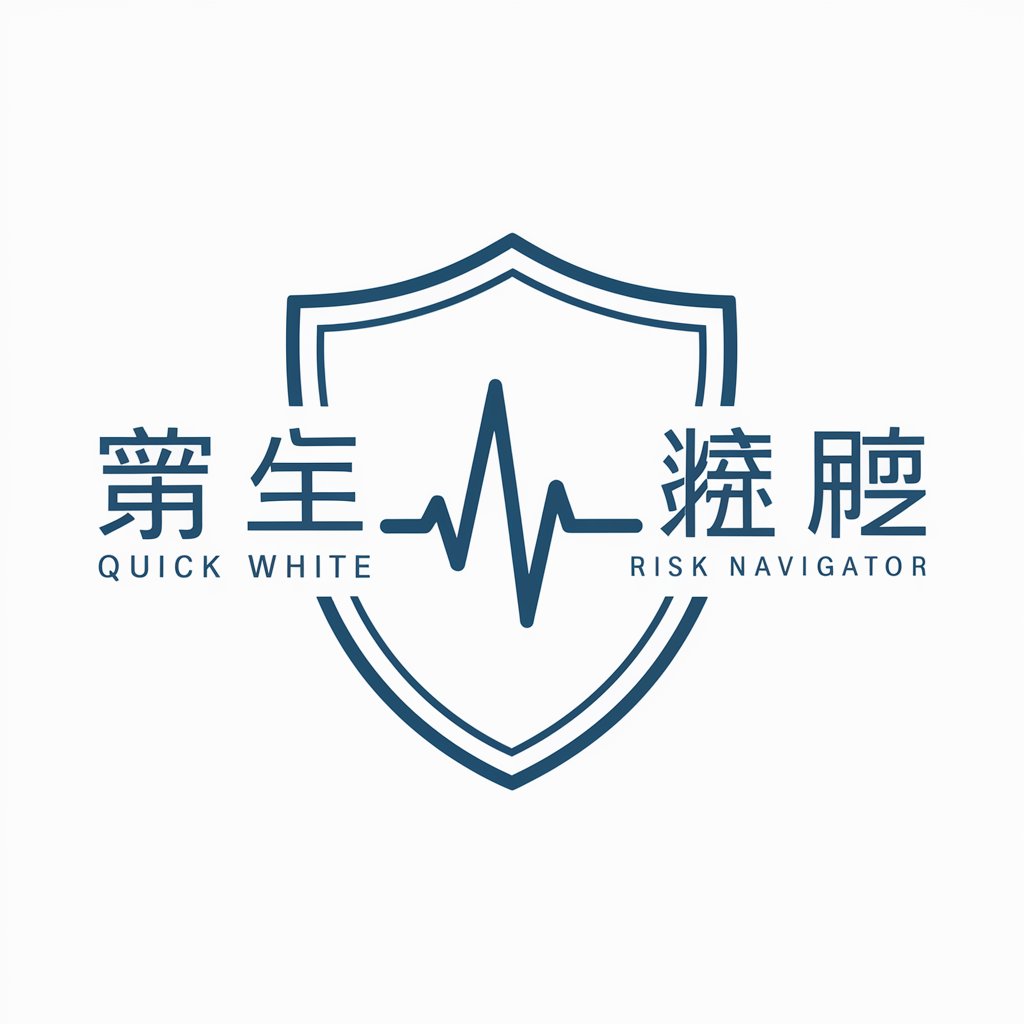
加權決策模型評估器
Empowering choices with AI-driven insights
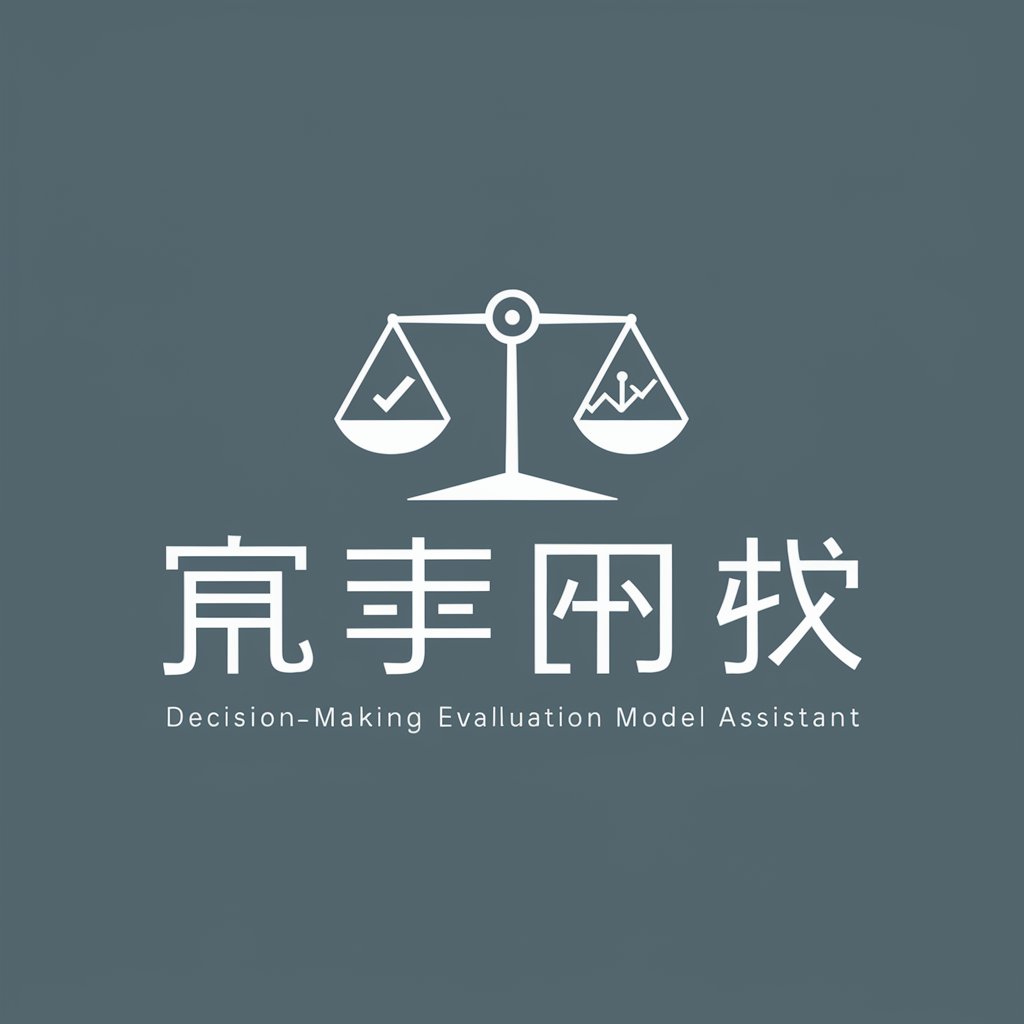
瞪羚测试评估
Empowering high-growth enterprises with AI-driven assessments.

视觉评估算法
Enhance accuracy with AI-powered evaluation.
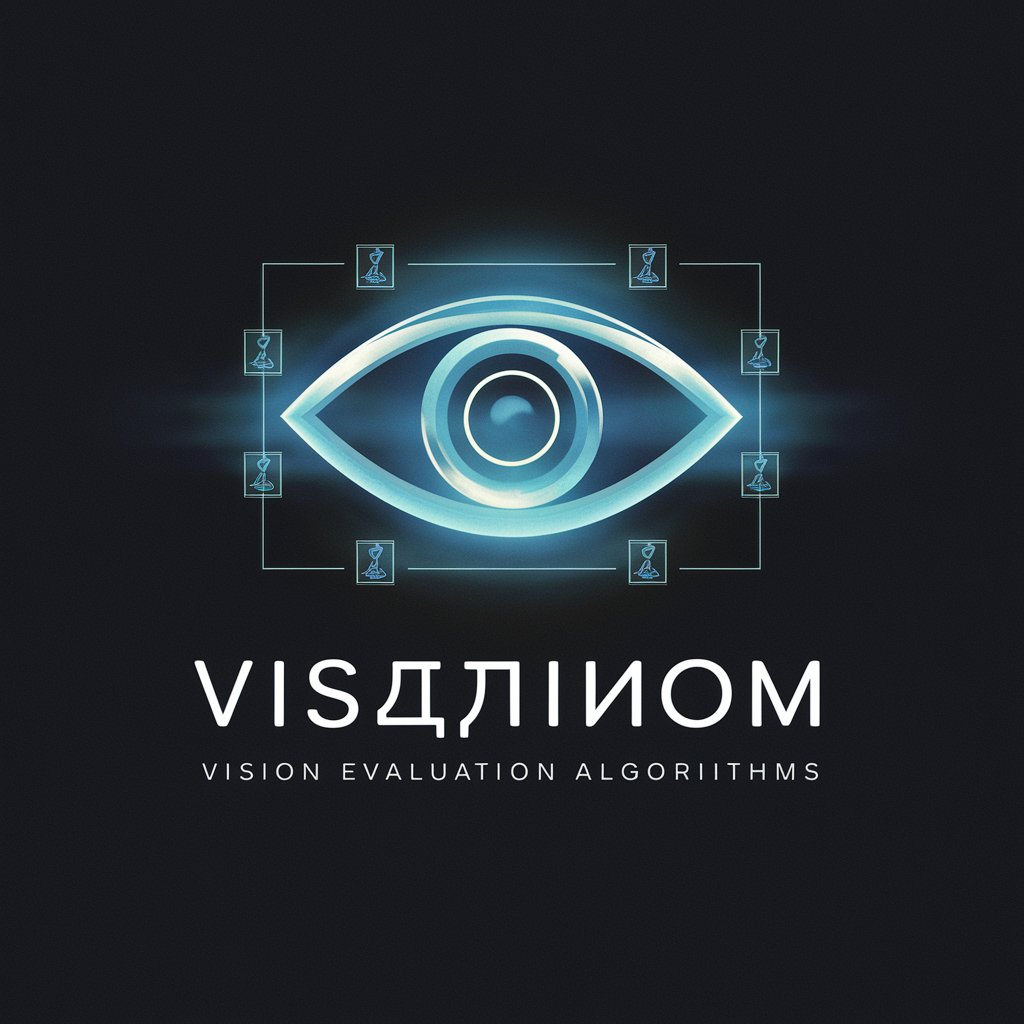
马丁的 Moring
Transformative AI for Your Daily Inspiration

地理信息图谱评估师
Empowering geospatial innovation with AI.

贫困生评估
Empowering education through AI-driven poverty assessment.

GEPT 全民英檢寫作評估
Empower your English writing with AI.
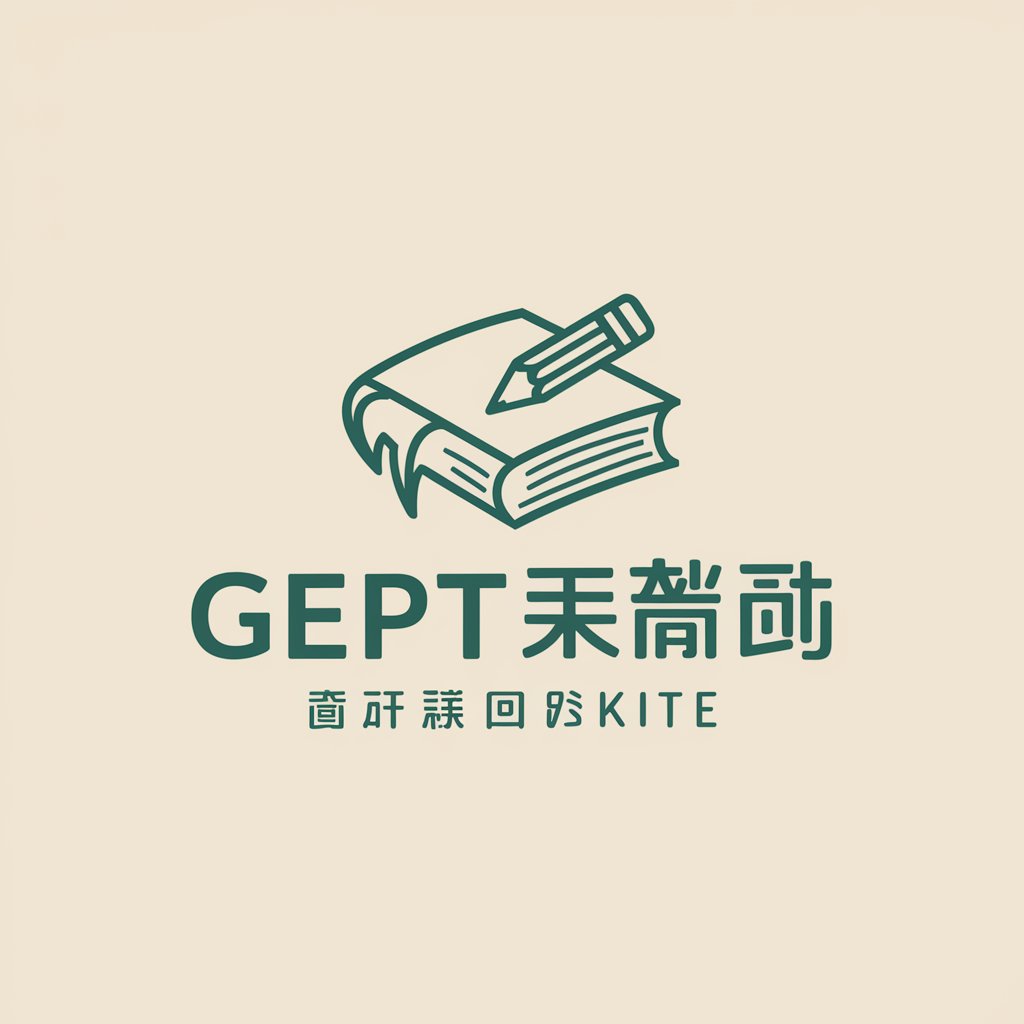
需求与评估专家
Transforming project planning with AI

傳說對決帳號價值評估器
Maximize your gaming investment with AI-powered valuations.

課堂小幫手
Empowering educators with AI-driven materials.

Frequently Asked Questions about Project Planning and Evaluation Expert
What is Fisher matrices analysis in project planning?
Fisher matrices analysis helps in quantifying uncertainties in project parameters, enabling more accurate forecasting and risk assessment. It's particularly useful for projects requiring precise estimations and adjustments.
How does PERT analysis enhance project management?
PERT (Program Evaluation and Review Technique) analysis provides a probabilistic framework for scheduling project tasks. It identifies the critical path, estimates task durations, and helps manage the uncertainties in project timelines.
Can this tool be used for agile project management?
Yes, while it's rooted in traditional project planning techniques, its flexible framework and adaptability make it suitable for agile environments, allowing for iterative planning and adjustments based on project evolution.
How does the tool handle changes in project scope?
The tool is designed to accommodate scope changes through its iterative review and adjustment feature. Users can reassess tasks, timelines, and resources as project objectives evolve, ensuring the plan remains relevant.
Is this tool suitable for small teams or solo projects?
Absolutely. Its scalable nature means it can be effectively used for projects of any size, from solo ventures to large-scale team efforts, by adjusting the level of detail and the scope of planning and analysis.


